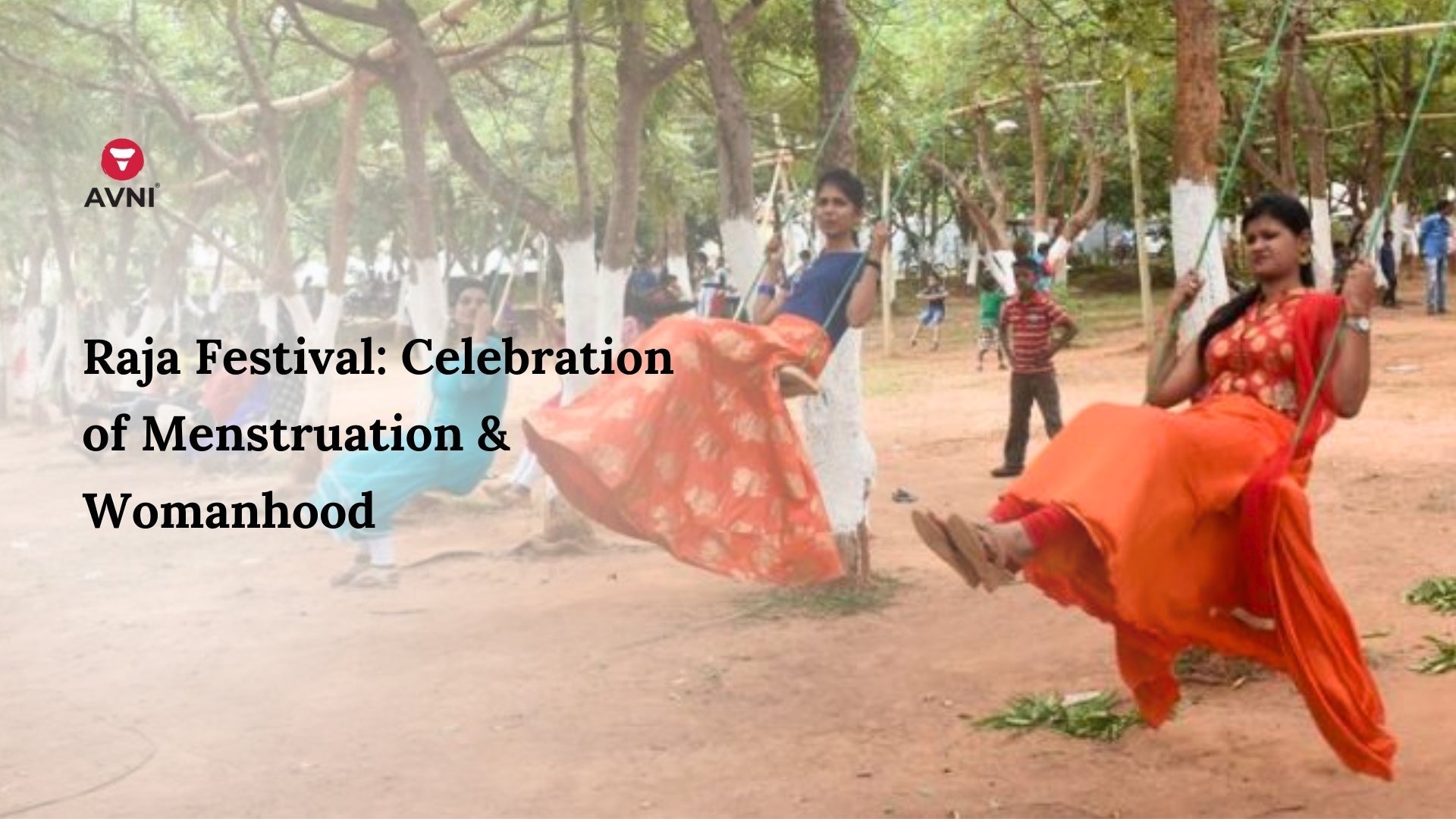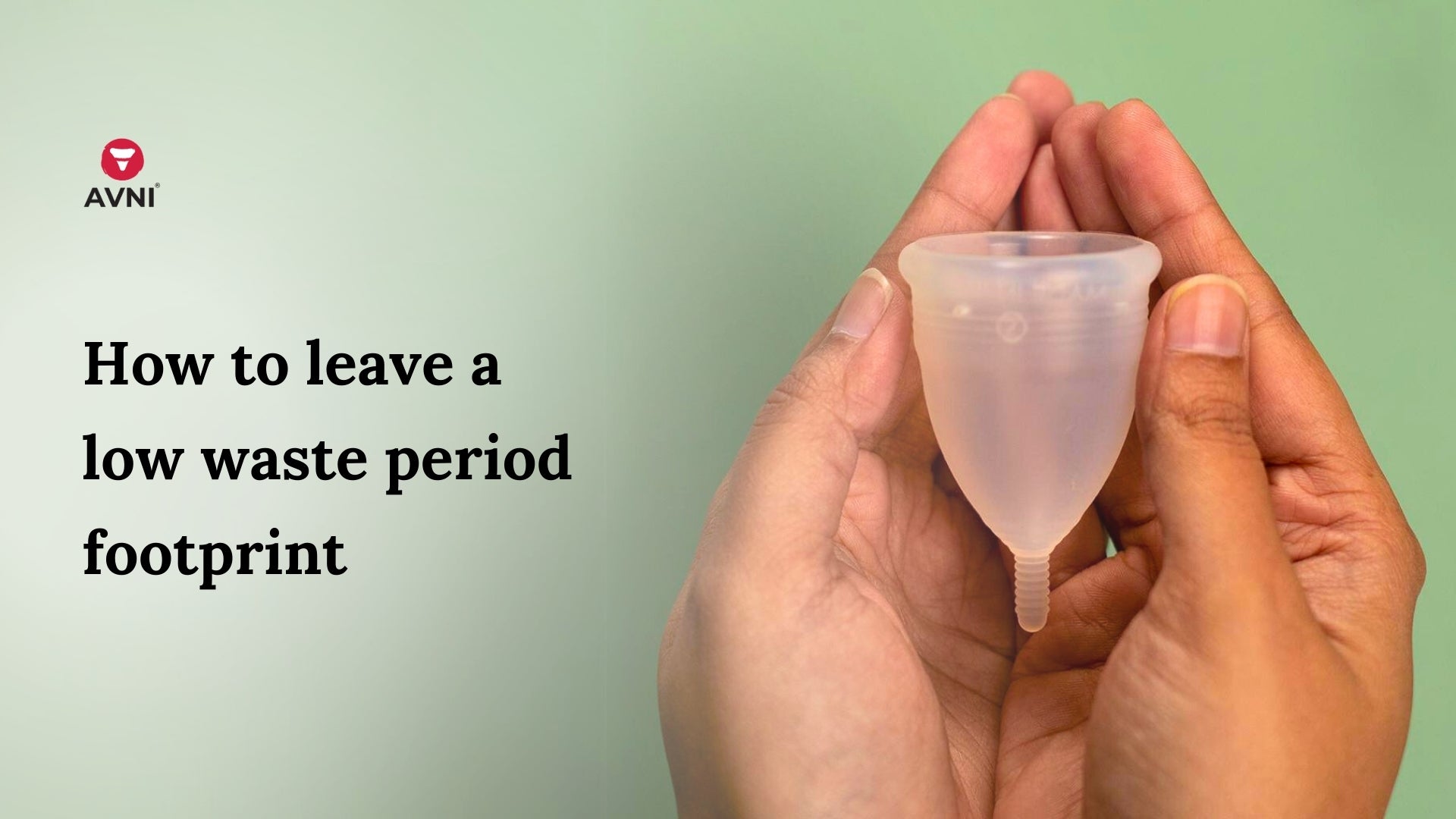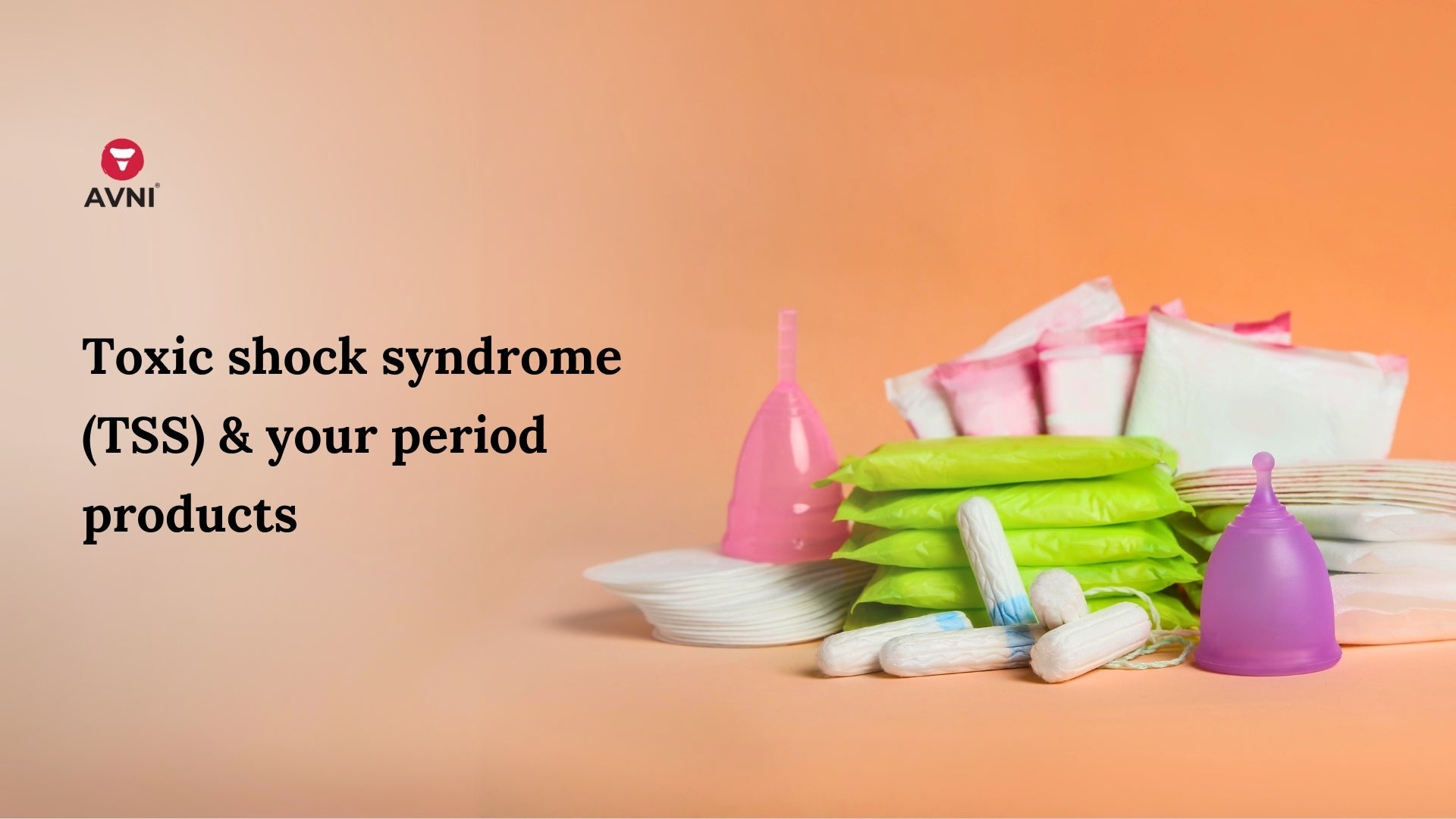
Raja Festival: Celebration of Menstruation & Womanhood
Fun, food, festival, and “female first” - Raja Festival is all about these four facets, and learning more about it unravels beautiful layers that would tempt anyone to travel to Odisha in June.
Also called Rôjô, Rajo, Raja Parba, or Mithuana Sankranti, the festival takes place for three consecutive days in Odisha.
The three-day celebration spans over four days in some areas of coastal Odisha and is symbolic of the three-day menstrual cycle women experience.
Focused mainly on celebrating women and womankind, the Raja festival has a profound spiritual background that breaks the stigma surrounding menstruation.

The spiritual background
It is believed that Bhudevi (mother earth) is menstruating for these three to four days, and Raja festival is celebrating the fertility of mother earth. The wife of Vishnu, Bhudevi, is said to bless the land at the onset of the monsoon for a better yield.
‘Raja,’ short for Rajaswala, also means “a menstruating woman” in Sanskrit.
Celebrated in the second week of June, the first day is called ‘Pahila Raja,’ which is also the last day of Jestha (Summer).
Day two is called ‘Raja Sankranti,’ which signifies the arrival of Asadha (Monsoon), day three is termed ‘Sesa Raja’ (last day), and Odia locals call this day ‘Bhuin Dahana.’
In areas where Raja is celebrated on day four, locals endearingly call it ‘Basumata Puja’ or ‘Basumata Gadhua,’ which means bathing and praying to Bhudevi.
Another lore that connects the festival with spirituality is the food.
It’s said that Lord Jagannath relished ‘Poda Pitha’ after meals, and Odia locals take it a step further by preparing Raja Pana, Mutton Curry, and Arisa Pitha, which are regional staples.
Female first
In India, women are believed to be mortal forms of Shakti, Bhudevi, Bhuddi, and many other deities. As Raja is celebrated for three days with the belief that mother earth is menstruating, women are implored to rest completely.
In some areas where the festival is celebrated religiously, women are forbidden from doing any domestic activities, right from agriculture to sweeping the floor. Kitchen chore, combing hair, and even walking barefoot is forbidden for these three to four days.
However, bathing traditions during these three days are different for women. They wake up at dawn, apply turmeric paste and oil all over the body, and take a ceremonial bath in a nearby river.
After the first day of deep cleanse, women don't take baths for the next two days and involve themselves entirely in the celebrations.
The celebration & food
Fully decked up in new traditional attire, women enjoy their time relishing food made by relatives and friends. As a tradition, doli khela (swings) is built with ropes and decorated, and women break into impromptu singing, dancing, and quoting shayaris.
Fun Filled activities are not limited to women - men and children join in too. Playing games like kabaddi, cards, ludo, and many others, everyone at the Raja festival is bound to have a gala time on all three days.
Some of the traditional games played during the Raja festival are
- Thia puchi and basa puchi is the game played by young girls during Raja.
- Bagudi khela is the Odia rendition of kabaddi that the boys play during the festival.
- Women play kacha khela which is similar to pasa khela of the Mahabharat.
- Gamha dian is the game where players run, jump and pluck a piece of cloth tied to the top of a bamboo stick.
- Jhoti or Chita is the traditional Odia form of rangoli. The game is played to usher in good luck along with the monsoon.
- Musical chair is the ever so famous game played all across India, including during Raja.
- Hulahuli can be considered as another game where the side to side movement of the tongue creates a high pitched sound.
As mentioned several times, food is a major player in the Raja festival. Some of the traditional and nontraditional foods prepared & relished are Mati Handi Mutton, Chakuli, Chicken Aloo Kasa, Dahi Salad, Manda Pitha, Poda Pitha, Mutton Keema Ghuguni, Aloo Chole Pakori Curry, Chhena Poda, Kanika, and may others.
It is safe to say that Odia people enjoy theri aloo and chicken during the four days of Raja celebration.
Tradition speaks for itself
It is clear that since the dawn of our culture, menstruation has always been an acceptable and often revered part of the civilisation. A natural process related to the cycle of birth - for many years, the menstruation cycle has always been respected.
Celebrations like the Raja festival is a glowing example of how periods should not be stigamitised but celebrated as a part of life.
Have you ever been to the Raja festival?



Leave a comment
This site is protected by hCaptcha and the hCaptcha Privacy Policy and Terms of Service apply.